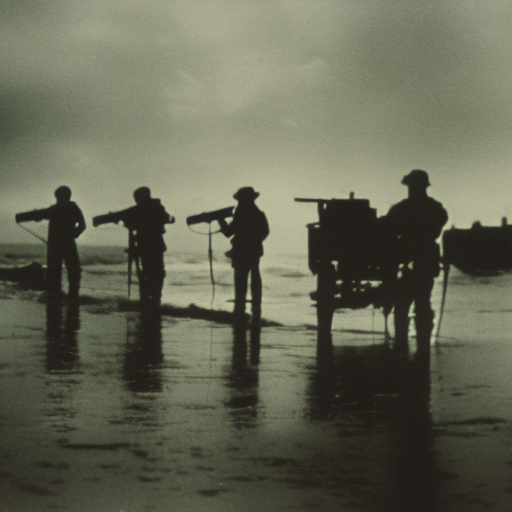Hurricane Hector: A Powerful Pacific Storm
Hurricane Hector was a powerful tropical cyclone that formed in the eastern Pacific Ocean in July 2018. It was the eighth named storm and the fourth hurricane of the 2018 Pacific hurricane season. Hector rapidly intensified into a Category 4 hurricane, with sustained winds reaching up to 140 mph (220 km/h). The storm posed a significant threat to several islands in the Central Pacific, including Hawaii.
Formation and Intensification
Hurricane Hector originated from a tropical wave that emerged off the west coast of Africa on July 25, 2018. As it moved across the Atlantic Ocean, the system encountered favorable conditions for development, including warm sea surface temperatures and low wind shear. By July 31, the disturbance had organized sufficiently to be classified as Tropical Depression Eight-E.
As the depression continued to strengthen, it was upgraded to Tropical Storm Hector on August 1. Over the following days, Hector underwent rapid intensification, fueled by warm ocean waters and a well-defined eye. By August 4, it had become a Category 4 hurricane, with sustained winds exceeding 130 mph (215 km/h).
Threat to Hawaii
As Hurricane Hector approached the Central Pacific, it posed a significant threat to the Hawaiian Islands. The storm’s projected path initially indicated a potential direct hit on the Big Island, where the Kilauea volcano had been erupting for several months. The combination of volcanic activity and a powerful hurricane could have resulted in catastrophic damage.
However, as Hector moved closer to Hawaii, it began to weaken due to cooler ocean waters and increased wind shear. The storm’s track also shifted slightly to the south, reducing the risk of a direct impact on the islands. Nonetheless, the National Weather Service issued hurricane warnings for parts of the Big Island, and residents were urged to prepare for strong winds, heavy rain, and high surf.
Impact on Hawaii
Despite the storm’s weakening, Hurricane Hector still had a significant impact on Hawaii. The Big Island experienced heavy rainfall, leading to localized flooding and mudslides. Strong winds caused power outages and downed trees, resulting in road closures and property damage. Coastal areas were particularly vulnerable to high surf and dangerous rip currents.
Fortunately, the islands were spared from the worst-case scenario, as Hector passed just south of the Big Island. The storm gradually weakened as it moved westward, eventually dissipating on August 14. While the damage caused by Hector was relatively minor compared to what could have occurred, it served as a reminder of the vulnerability of the Hawaiian Islands to tropical cyclones.
Conclusion
Hurricane Hector was a powerful storm that threatened the Hawaiian Islands in August 2018. Although it weakened before making landfall, the storm still caused localized flooding, power outages, and property damage. The event highlighted the importance of preparedness and the need for ongoing efforts to mitigate the impact of tropical cyclones on vulnerable coastal communities.












